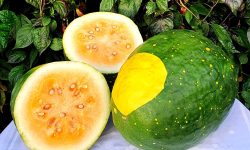Creeping Charlie, also known as Glechoma hederacea, is a perennial, evergreen plant in the mint family. Originating from Eurasia, it was introduced to North America for medicinal and ornamental purposes, but it has since become an invasive weed in many regions. Recognizable by its round, scalloped leaves and bluish-violet flowers, this plant spreads rapidly through stolons and rhizomes.
While its young leaves are edible for humans, they can be toxic to livestock. Often found in moist, shady areas, Creeping Charlie forms dense patches, suppressing the growth of other plants. Despite its distinctive features, there are a few look-alike plants with similar characteristics. Keep an eye out for its spreading nature, opposite leaves on square stems, and small tubular flowers to accurately identify Creeping Charlie and distinguish it from other similar plants.
How To Identify Creeping Charlie
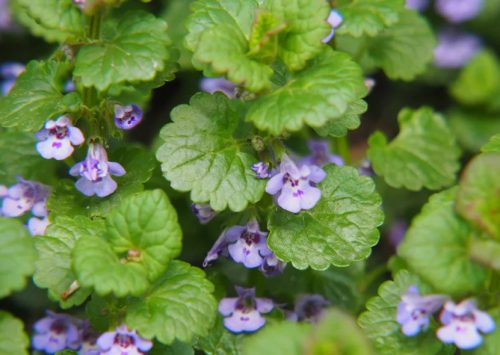
Creeping Charlie is identifiable not only by its distinctive traits but also by its growth pattern. It is a perennial and evergreen plant, flourishing from spring to fall in moist, semi-shaded to shaded areas, often under trees. Its low-lying nature results in the formation of dense patches. The kidney-shaped to rounded bright green leaves have scalloped edges and attach to the stem via relatively long leaf stalks. In the spring, it produces funnel-shaped bluish-violet blooms in clusters of two or three flowers in the leaf axils on the upper part of the stem or near the tip.
Having delved into the unique characteristics of creeping Charlie, it’s important to recognize some of its common look-alikes.
Common Mallow (Malva Neglecta)
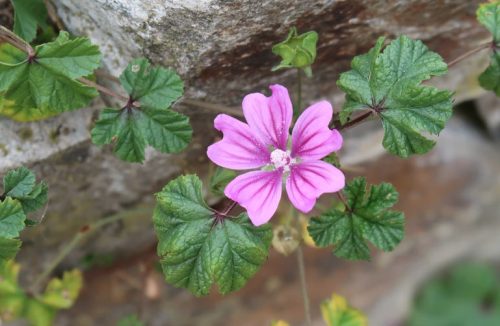
Common Mallow (Malva neglecta), a member of the Malvaceae family, is commonly referred to as dwarf mallow, roundleaf mallow, buttonweed, cheeseplant, or cheeseweed. This plant often shares similarities with creeping Charlie, particularly during the early stages of growth before blooming, leading to occasional confusion between the two.
With a characteristic sprawling growth pattern, Common Mallow typically maintains a low profile, rarely exceeding 12 inches (30 cm) in height. The stems tend to branch from the base and may occasionally exhibit an upright orientation. The plant’s leaves are green, rounded, and feature a heart-shaped base, often sporting a slight hairiness. These leaves connect to the stem through long petioles and often display lobed or toothed margins.
Distinctive flowers, adorned with five petals and combining white and purple hues, further characterize Common Mallow. Notably, Malva neglecta finds use as a source of food, with its leaves, stalks, and seeds all deemed edible and occasionally incorporated into various culinary preparations.
Purple Dead Nettle (Lamium Purpureum)
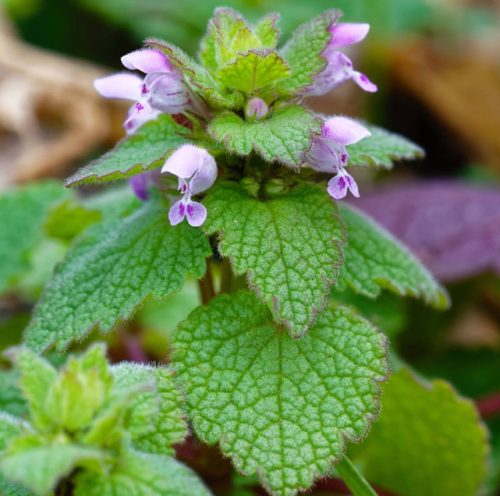
Purple dead-nettle (Lamium purpureum) is an annual weed native to Europe and Asia, with a widespread presence in various parts of the world. Also known as red dead-nettle or purple archangel, it belongs to the Lamiaceae family, similar to creeping Charlie.
While it differs from creeping Charlie, purple dead-nettle shares certain resemblances that might lead to misidentification. It features upright square stems, initially bright green and later acquiring a crimson hue from the base as it matures, typically not exceeding 10 inches (25 cm) in height.
The heart-shaped leaves have wavy to serrated edges, coated with fine hairs. The lower leaves are dark green, gradually transitioning to a greenish-purple shade towards the top, with the uppermost rows often entirely purple. Throughout the year, Lamium purpureum produces vibrant red-purple blossoms.
You’ll often find purple dead-nettle growing in clusters along roadsides, gardens, forest edges, lawns, and meadows, much like creeping Charlie. Notably, parts of purple dead nettle are edible, particularly the leaves of young plants, commonly used in salads or sauces. Therefore, mistaking these two plants poses no risk of poisoning.
Henbit (Lamium Amplexicaule)
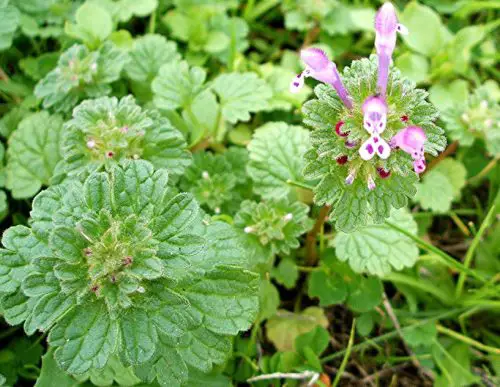
Henbit (Lamium amplexicaule) is an annual herb belonging to the Lamiaceae family, commonly found in Europe, Asia, and northern Africa. Also referred to as common henbit, henbit dead-nettle, or greater henbit, it shares certain characteristics with creeping Charlie and even more with purple dead nettle.
With square, erect stems typically not exceeding 16 inches (40 cm) in height, henbit exhibits a green or purplish tint, adorned with soft hairs. Its opposite leaves along the stem are kidney-shaped, green, and serrated, covered with fine hair. While the lower leaves are connected to the main stem via petioles, the upper ones are stemless and fused directly to the stem.
During early spring, Lamium amplexicaule blooms with axillary and terminal purple flowers. Henbit, like its counterparts, is edible, with its leaves, shoots, stems, and flowers commonly consumed raw in salads or cooked in various culinary dishes.
Conclusion
Identifying Creeping Charlie amidst its look-alikes requires a keen eye for its distinctive characteristics. While its round, scalloped leaves and bluish-violet flowers are characteristic, a thorough understanding of its growth habits is essential for accurate identification. The presence of opposite leaves on square stems, small tubular flowers, and a spreading nature can aid in distinguishing it from other similar plants.
Remember, Creeping Charlie is a perennial evergreen with a preference for moist, shaded environments. Its rapid spreading through stolons and rhizomes can lead to the formation of dense patches, stifling the growth of other plants. While it may have some culinary uses for humans, it can be potentially toxic to livestock, particularly horses, owing to its high volatile oil content.
By familiarizing yourself with the unique features of Creeping Charlie and its look-alikes, you can develop a comprehensive understanding of these plants and better navigate their presence in your surroundings. With this knowledge, you can confidently identify and manage these plants effectively, ensuring the well-being of your garden and surrounding vegetation.
People Who Read This Also Read:






